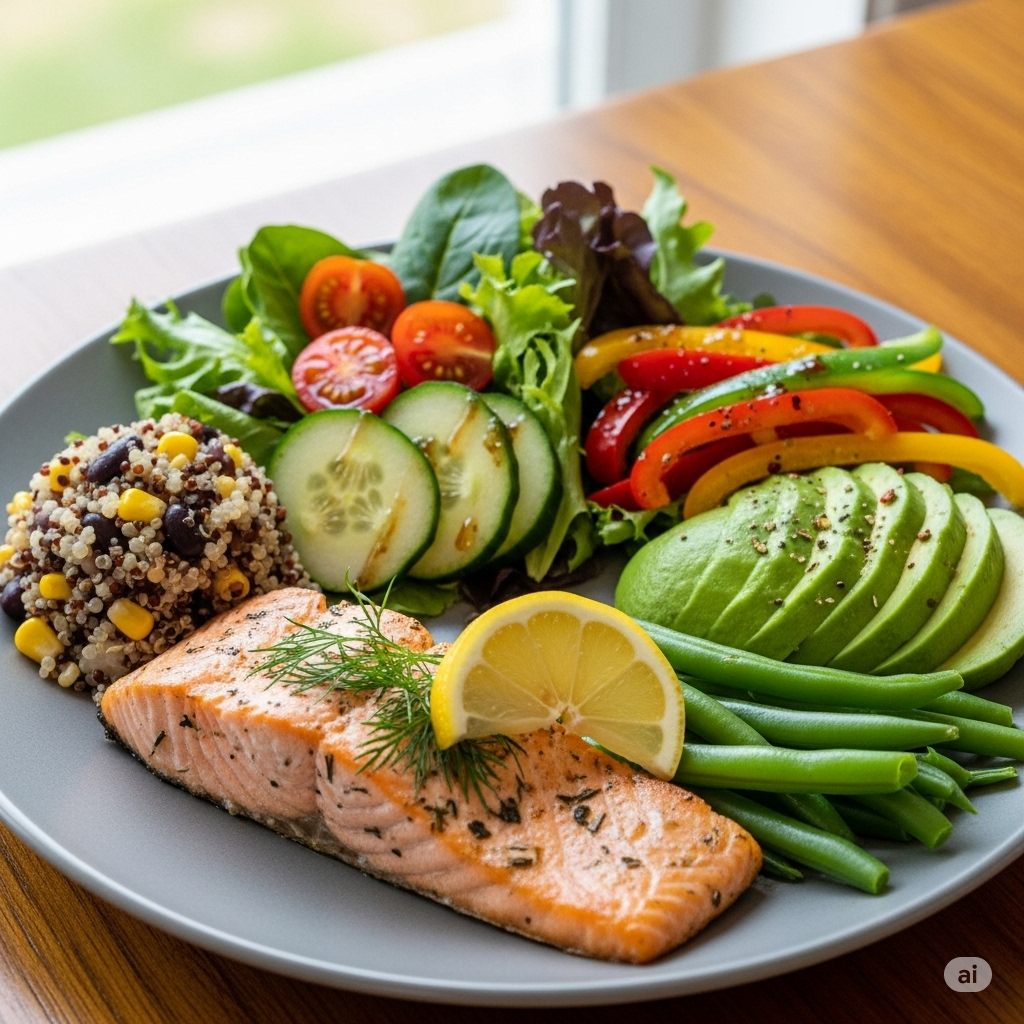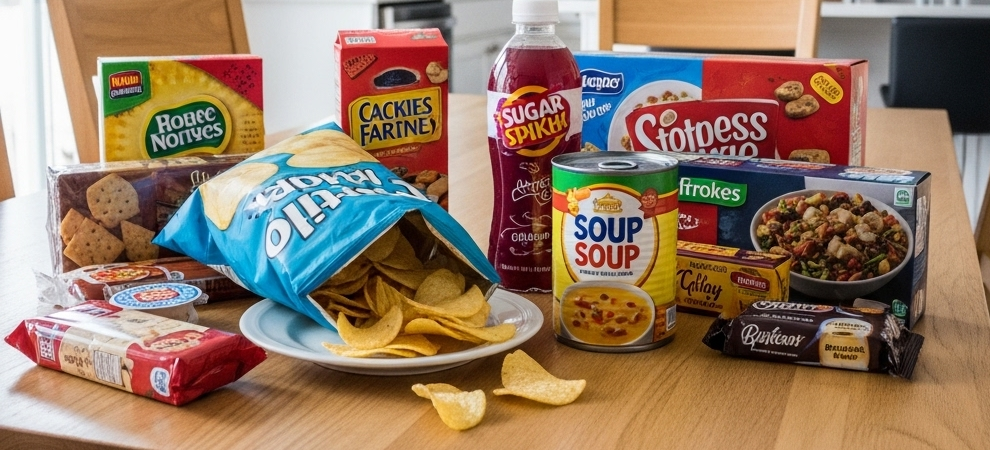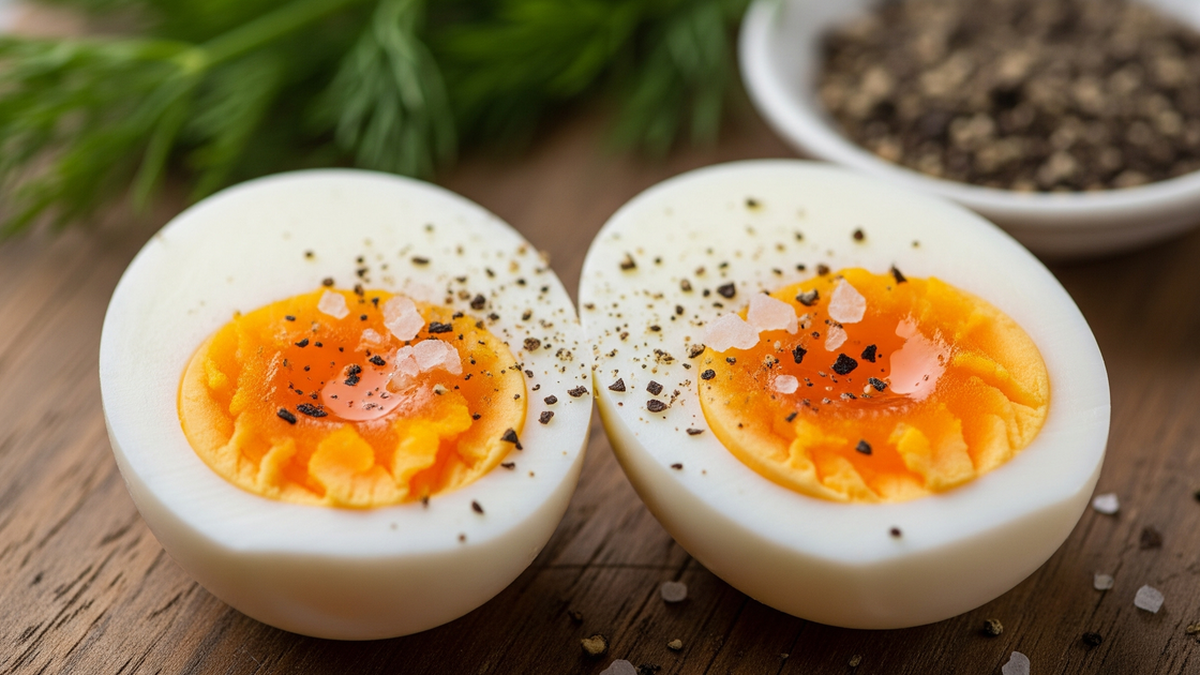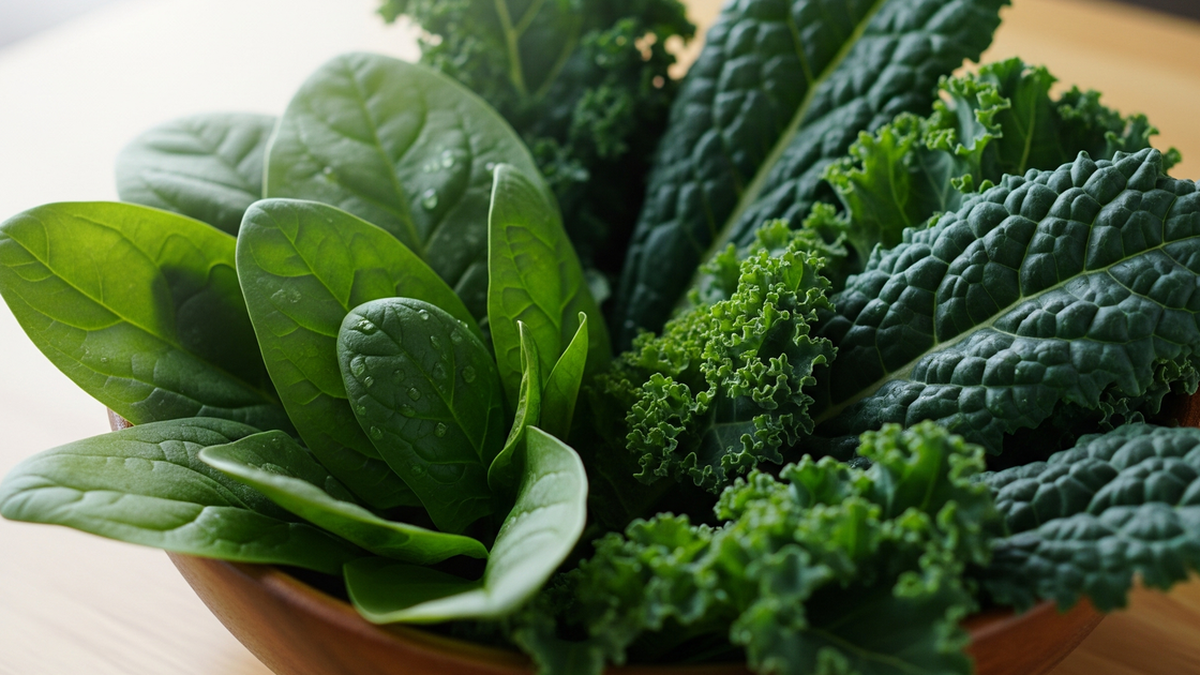1. A heart-healthy diet can help reduce your risk of stroke
A heart-healthy diet can help reduce your risk of stroke. Experts often stress that it is never too late to start making changes, and adding certain foods can help reduce risk factors such as high blood pressure, diabetes, and high cholesterol.
If sudden changes are difficult to make, start with small, gradual changes. Adding a few fruits and vegetables to your daily diet or making one change at a time can make a difference.
According to the National Heart Foundation of Australia, a heart-healthy diet is not a short-term diet, but a long-term eating pattern. It is based on a combination of healthy foods chosen regularly and over time. It includes a variety of foods, rich in whole grains, fibre, vitamins, minerals and healthy fats, and low in unhealthy fats, salt and added sugars. Eating this way can help improve heart health, reducing the risk of heart disease by reducing risk factors such as high blood pressure and high cholesterol.
 |
| A heart-healthy diet is not a short-term diet, but a long-term eating pattern. |
2. Tips for a balanced, heart-healthy diet
Refer to the following 5-step heart-healthy diet:
Eat plenty of vegetables, fruits and whole grains
Choose a variety of fruits and vegetables. These foods are rich in vitamins, minerals, fiber, and antioxidants, which have been shown to reduce the risk of heart disease. Whole grain foods such as brown rice, whole wheat pasta, whole wheat bread, and oatmeal are high in fiber and can help lower cholesterol. Potassium in fruits and vegetables can help lower blood pressure. Foods rich in potassium include bananas, beans, avocados, kiwis, mangoes, cantaloupe, and sweet potatoes.
Choose healthy protein-rich foods
The best choices are plant proteins such as beans, nuts, fish and seafood. Eat eggs and lean poultry sparingly, and limit lean red meat to 1-3 times a week.
Choose unflavored milk, yogurt, and cheese
These foods do not increase or decrease your risk of heart disease, but they can be good sources of calcium, protein, and other important minerals. Unflavored, unsweetened milk is the healthiest choice. If you have heart disease or high cholesterol, choose low-fat. For those without heart disease or high cholesterol, you can choose between low-fat or full-fat.
Consume healthy fats
Choose foods rich in healthy fats such as avocados, olives, nuts and seeds, and use healthy cooking oils such as olive, canola, sunflower, peanut and soybean oils. These foods can help lower cholesterol. If you eat fish, try to eat fish 2-3 times a week to benefit from heart-healthy omega-3 fats, which help lower blood triglycerides and reduce the risk of irregular heartbeat.
Use herbs and spices to flavor foods instead of salt.
Eating too much salt can lead to high blood pressure, a risk factor for heart disease. The easiest way to reduce salt is to choose fresh, unprocessed foods like fruits and vegetables, and to season your dishes with herbs and spices.
Many herbs and spices, which are part of a healthy diet, have been shown to reduce the risk of heart disease. Oregano, rosemary, thyme, chives, and basil are herbs that can be used in cooking to provide these health benefits. Cinnamon, turmeric, and ginger are just a few examples of culinary spices that are readily available in many households’ spice cabinets.
3. Foods to limit
Limiting salt and sugar is an important step in reducing your risk of stroke. Processed foods high in salt and sugar increase your risk of stroke, so limit your intake of processed, packaged, and canned foods.
The American Heart Association recommends limiting added sugar intake to no more than 24 grams (6 teaspoons) per day for women and no more than 32 grams (9 teaspoons) per day for men. Too much added sugar and sugar-sweetened beverages have been linked to inflammatory conditions such as cardiometabolic disease.
Healthy eating isn't about "good" or "bad" foods or restrictive diets, it's about making small changes that you can stick with over the long term. For example, gradually reducing the amount of sugar and salt in your meals, learning how to control your blood sugar with your diet, etc. Over time, your taste buds will adapt.
For example, reducing your intake of highly processed or ultra-processed foods is good for your heart. These foods are often high in sugar, salt, saturated fat, and trans fat and are not part of a heart-healthy diet. Avoid them or eat them only occasionally and in small amounts.
 |
| Processed foods high in salt and sugar increase the risk of stroke. |
4. Control your food portions appropriately
According to Dr. Le Ngoc Quynh Thu, Department of Nutrition - Dietetics, Binh Thanh Hospital, Ho Chi Minh City, paying attention to the diet of people with cardiovascular disease is important. Refer to Dr. Le Ngoc Quynh Thu's sharing with the community:
Prepare meals at home to limit the use of spices such as salt and sugar, and use fresh foods, limit packaged and processed foods to reduce sodium. Prepare by boiling, steaming, or making salads. Cooking at home will help control the amount of sodium in food.
You should eat foods of known origin , fresh foods, and a variety of foods. Reduce salt intake by prioritizing fresh foods, limiting marinades, and only dipping lightly to reduce sodium as much as possible. You should not eat offal and foods high in sodium such as dried fish, pickles, and eggplants.
Control your diet appropriately , do not focus on any one type of food but need a certain balance. Each type of food has different nutritional advantages, for example salmon is rich in omega-3. You should eat a variety of foods, eat fish 3 times a week, balance with eggs, meat, beans and plant protein. You should eat grains such as brown rice, black bread, oats, whole beans to supplement fiber but remember this is a starch group, only part of a balanced meal.
Should be combined with exercise , physical activity 30 to 60 minutes per day.
According to Health & Life
Source: https://baokhanhhoa.vn/doi-song/am-thuc/202508/nhung-meo-an-uong-lanh-manh-giup-phong-ngua-dot-quy-0660222/






















![[Photo] The special solidarity relationship between Vietnam and Cuba](https://vphoto.vietnam.vn/thumb/1200x675/vietnam/resource/IMAGE/2025/8/15/5f06c789ab1647c384ccb78b222ad18e)

![[Photo] Prime Minister Pham Minh Chinh attends a special art program called "Hanoi - From the historic autumn of 1945"](https://vphoto.vietnam.vn/thumb/1200x675/vietnam/resource/IMAGE/2025/8/15/c1c42655275c40d1be461fee0fd132f3)

![[Photo] Prime Minister Pham Minh Chinh talks on the phone with Cambodian Prime Minister Hun Manet](https://vphoto.vietnam.vn/thumb/1200x675/vietnam/resource/IMAGE/2025/8/15/72d3838db8154bafabdadc0a5165677f)
![[Photo] Binh Khanh Bridge Ho Chi Minh City is ready to reach the finish line](https://vphoto.vietnam.vn/thumb/1200x675/vietnam/resource/IMAGE/2025/8/14/b0dcfb8ba9374bd9bc29f26e6814cee2)

![[Photo] Firmly marching under the military flag: Ready for the big festival](https://vphoto.vietnam.vn/thumb/1200x675/vietnam/resource/IMAGE/2025/8/15/86df2fb3199343e0b16b178d53f841ec)


































![[Photo] President Luong Cuong receives Finnish Ambassador to Vietnam Keijo Norvanto](https://vphoto.vietnam.vn/thumb/402x226/vietnam/resource/IMAGE/2025/8/15/9787f940853c45d39e9d26b6d6827710)




































Comment (0)